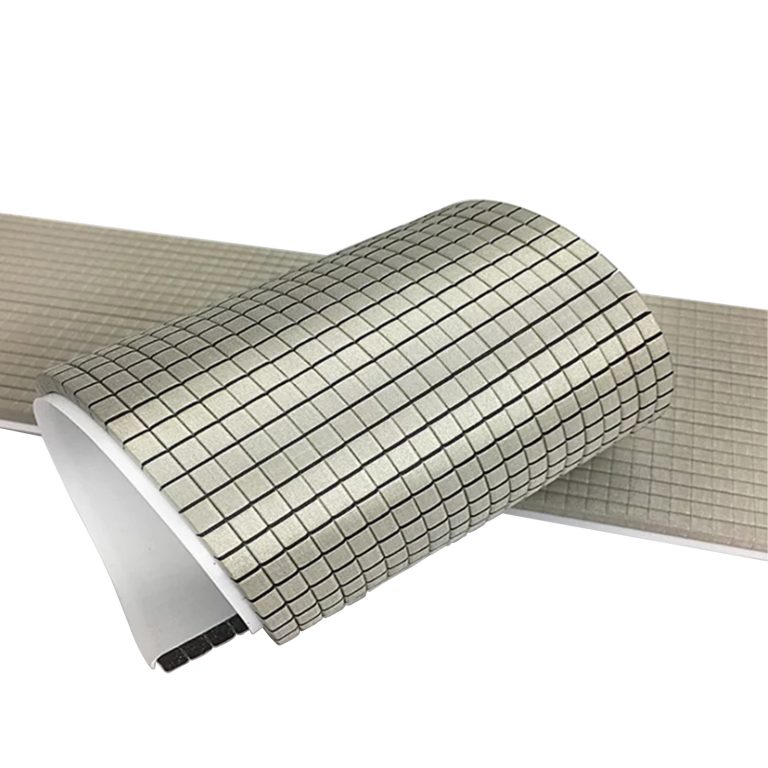What is A “Insulation Gasket”?
Foam gasket:
Foam gasket die cutting products are materials used to create seals or barriers between two surfaces to prevent the passage of air, dust, water, or noise. These gaskets are typically made from various foam materials, including neoprene, EPDM (ethylene propylene diene monomer), silicone, or polyurethane foam.
Neoprene foam die cut gaskets are known for their excellent weather resistance and durability, making them suitable for outdoor applications such as sealing windows, doors, and HVAC systems.
EPDM foam gaskets offer good resistance to ozone, sunlight, and weathering, making them ideal for automotive, marine, and construction applications.
Silicone foam gaskets have a wide temperature range and are resistant to UV radiation, making them suitable for high-temperature and outdoor applications where exposure to harsh conditions is expected.
Polyurethane foam sealing gaskets provide good compression set resistance and flexibility, making them suitable for sealing irregular surfaces and dynamic sealing application.
Conductive die cutting:
Conductive die cutting products are precision-cut materials engineered to facilitate electrical conductivity while offering versatility in design and application. These products are manufactured using specialized techniques to ensure consistent conductivity and dimensional accuracy.

Features & Benefits of Insulation Gasket Include:
Foam shielding gasket:
Its material is very light, and it can have electromagnetic shielding performance. The product’s electrostatic protection performance is both permanent
The material is light, so its surface impedance capacity is reduced, and it has no dependence on environmental humidity.
The conductive fabric foam has good anti-corrosion and anti-oxidation properties, which fully meets the needs of new.
Conductive flatbed die cutting:
Electrical Conductivity: Conductive die cutting products exhibit low resistance, allowing the flow of electrical current across their surfaces or through their volume.
Mechanical Flexibility: Many of these materials maintain flexibility and resilience, enabling them to conform to irregular surfaces or withstand mechanical stress.
Chemical Resistance: Depending on the specific material composition, conductive die cutting products may resist degradation from exposure to various chemicals and environmental factors.
Thermal Conductivity: Some materials possess thermal conductivity properties, facilitating heat dissipation in electronic devices.
Shielding Effectiveness: Conductive materials used in these products offer electromagnetic interference EMI shrapnel, preventing interference from external electromagnetic fields.
What Special Features Can Be Incorporated into Insulation Gasket?
Foam gasket:
Foam insulation gasket is usually made of foam class materials and is sound-proof, dustproof and shock-proof. This material can effectively reduce the spread of noise, prevent dust from entering, and absorb and reduce vibration to a certain extent.
Its compressibility allows it to accommodate various tolerances of the mechanical system, ensuring a tight fit while providing a certain cushioning effect.
Foam gasket can be adapted to a variety of housing materials and working environments to ensure long-term stable performance.
Conductive die cutting:
Conductive die cutting has high conductivity and shielding attenuation performance. This liner is particularly suitable for applications requiring low compression forces, such as shielding or grounding of gaps and holes on computers and telecommunications equipment. High friction and shear strength also ensure a stable connection and shielding effect in various mechanical systems.

What Industries Use Insulation Gasket?
Die cut Parts meets the needs of optoelectronics, microelectronics, aviation, aerospace, communications, chemical and other high-tech enterprises for new anti-static materials.